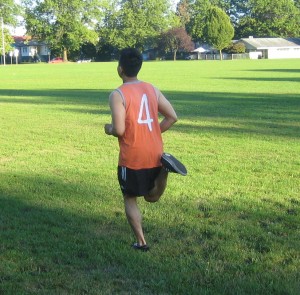Pemphigus is a group of rare skin disorders that causes blisters on the skin and mucous membranes such as the mouth or on the genitals. There are two types – pemphigus vulgaris and pemphigus foliaceus. Pemphigus can happen at any age, but middle aged and older people are more susceptible to these disorders. Pemphigus is controlled by early diagnosis and treatment and similar to those used to treat severe burns.
Symptoms of pemphigus
Pemphigus is characterized by blisters on the skin and mucous membranes, and the blister will break easily and leaving open sores that can become infected.

- Pemphigus vulgaris – It starts with a blister found in the mouth, which will break in the skin. This blister can also be found in the mucous membranes of the genitals and are very painful, but it does not cause itchiness. Blisters found in the mouth or throat makes it hard to swallow and to eat.
- Pemphigus foliaceus – this type of pemphigus does not affect the mucous membranes and the blisters are found on the face and scalp and later will break on the chest and on the back. They are not painful, but they are itchy and crusty.
Some possible complications of pemphigus include infections that spread through the bloodstream also known as sepsis, side effects of medications like an increased risk of infection, certain infections of the skin and rare death from infection.
Treatment and home remedies
- Avoid engaging in activities which can cause the skin to be touched or bumped such as contact sports.
- Take care of wounds can help prevent infection and scaring. You can learn proper wound care by enrolling in a first aid class
- Sprinkle talcum powder on the sheets in order to help keep creaking or oozing skin from sticking to the sheets.
- Apply lotions or dressings in order to minimize discomfort, for reducing sores and blisters with drying lotions or using wet dressings.
- Avoid eating spicy or acidic foods and foods containing garlic, onions and leeks. These food cause irritations and blisters.
- Avoid exposure to sunlight for a long period of time since ultraviolet lights can activate new blisters.
- Maintain good oral health, if blisters are inside the mouth it would be difficult to brush the teeth properly.
ome foods that causes pemphigus
- Foods that contain tannins are found in foods and drinks such as bananas, blackberries, raspberries, pears, apples, cherries, mangoes, cranberries, grape skins, eggplants and avocados. Other foods that cause tannins are walnuts, cocoa seeds, black pepper, ginger, ginseng and arrowroot, and some beverages like coffee, soft drinks, wine and beer should be avoided.
- Foods that contains isothiocyanates which are mustard oils that are found in some vegetables like broccoli, cauliflower, turnips, cabbage, Brussels, radish and horseradish. Seasoned sauces that contain synthetic mustard oils used for flavoring can cause irritation of the mucous membranes.
- Foods that contains thiols, like onion, garlic and leeks they can cause blisters with people suffering from pemphigus.
